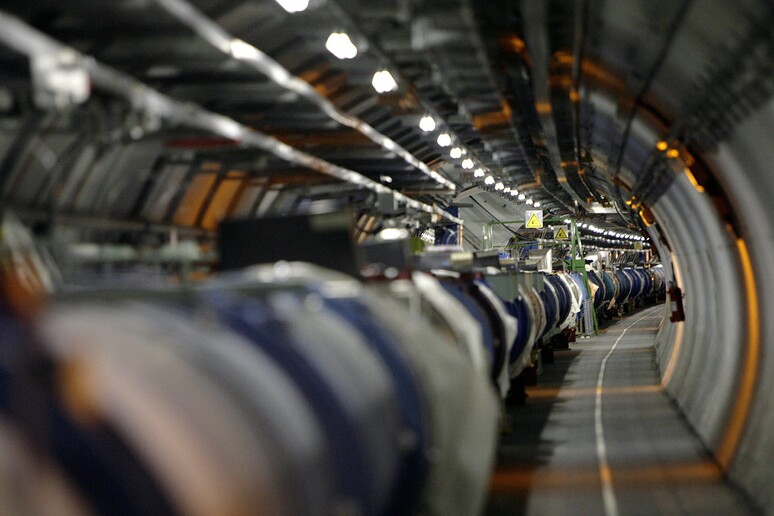The long-sought Xi particle, able to explain the 'glue' that keeps matter together, one of the four fundamental forces of nature, has been discovered in CERN's Large Hadron Collider (LHC), a conference of the European Society of Physics heard in Venice Thursday. The particle, whose discovery is set to be published in Physical Review Letters, belongs to the family of barions, which also includes protons and neutrons which make up visible matter, and like all barions it is made up of three quarks. But unlike previously discovered barions, which have only one heavy quark, the XI particle has two heavy quarks. "It is the first time that such a particle has been seen: a barion with two heavy quarks," said Donatella Lucchesi, a researcher at the National Institute of Nuclear Physics (INFN) and Padua University, as well as a LHC team member. "Observing a particle of this kind," she went on, "has been possible thanks to the huge quantity of data the LHC accelerator is providing". She said "this has enabled us to reach an objective that was not easy, such as reproducing matter in all its possible states."
ALL RIGHTS RESERVED © Copyright ANSA











